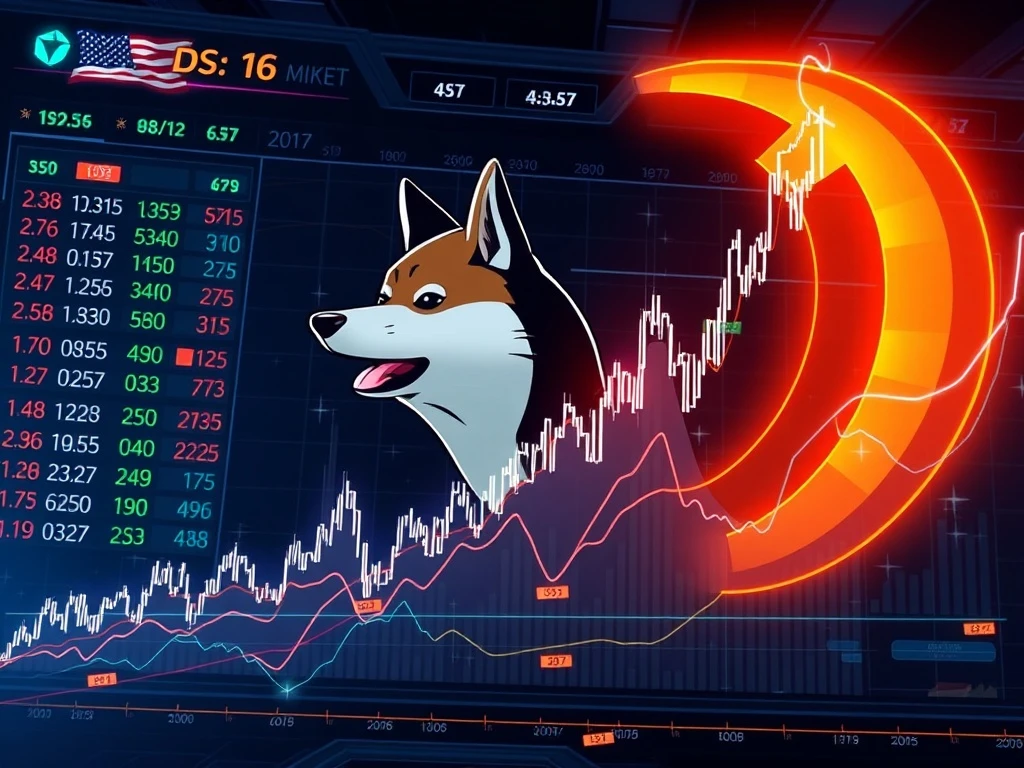Dogecoin Plunges 9% Amid U.S. Volatility – Will Key Support Hold?

Dogecoin (DOGE) traders faced a turbulent session as prices plunged 9% during U.S. trading hours. The meme cryptocurrency dropped from $0.248 to $0.223 before buyers stepped in near critical support levels. With trading volume doubling to 918 million DOGE, this move has put the market on high alert.
Dogecoin Price Action: A Rollercoaster Ride
The DOGE price chart tells a story of intense volatility:
- Sharp drop from $0.248 to $0.223 (9% decline)
- Rebound to $0.226 as buyers emerged
- Trading volume spiked to 2× the 24-hour average
- 7-day losses now exceed 18%
Key Levels Every DOGE Trader Should Watch
Technical analysis reveals crucial price zones:
| Level | Significance |
|---|---|
| $0.240-$0.241 | Pivotal resistance for bullish reversal |
| $0.223-$0.225 | Strong support zone |
| $0.215-$0.218 | Next potential support if breakdown occurs |
What’s Driving Cryptocurrency Volatility?
Market analysts point to several factors influencing DOGE’s price movements:
- U.S. inflation data releases
- Federal Reserve policy signals
- Broader crypto market sentiment
- Large player activity triggering stop-loss orders
Trading Dogecoin: Actionable Insights
For traders navigating this volatile market:
- Monitor the $0.223 support closely
- Watch for breakout above $0.241 resistance
- Consider exchange liquidity and fees
- Stay updated on macroeconomic indicators
FAQs: Dogecoin’s Recent Price Movement
Q: Why did Dogecoin drop 9%?
A: The drop resulted from increased U.S. trading volatility, potentially triggered by large players and macroeconomic factors.
Q: Is $0.223 a strong support level for DOGE?
A: Yes, the rebound from this level suggests strong buyer interest, making it a critical zone to watch.
Q: What could push DOGE back to $0.260?
A: Sustained buying pressure above $0.241 resistance could lead to a retest of higher levels.
Q: How does U.S. inflation affect Dogecoin?
A: Inflation data influences Federal Reserve policy, which impacts risk assets like cryptocurrencies.









